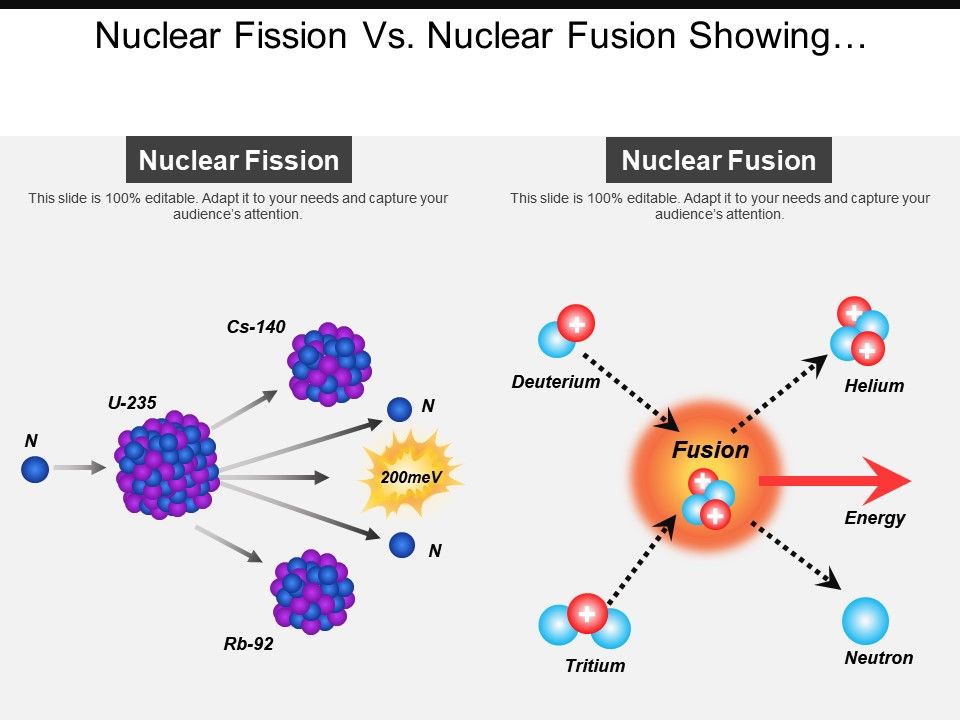

Lise Meitner, an Austrian Jew, was one of these scientists and was later forced to flee to Sweden to escape persecution. Following Fermi publicizing his research, scientists in Germany began similar experiments.

The bombardment of uranium by neutrons was vigorously studied by Fermi and his colleagues in 1934 but it took several more years before the results were properly evaluated. Frederic Curie’s work in Paris involving the concept of secondary neutrons being released during fission of uranium made the possibility of a chain-reaction feasible. Ernest Lawrence’s “cyclotron” was still years in the future, but the concept of a nuclear chain-reaction resulting in a nuclear reactor was postulated as early as 1933 by Enrico Fermi and Leo Szilard. Then the neutron was discovered in 1932 by English physicist James Chadworth by bombarding beryllium with alpha particles and the entire sub-atomic world literally went to pieces. Prior to the 1930’s, it was considered impossible to “split” an atom. The histories of fission and fusion are detailed and colorful, but for the sake of brevity, following is an overview of the discovery of fission, followed by fusion. This “lost” mass is converted into the energy which is released during the nuclear reaction. If you were to take the weights of all the atoms before the nuclear reaction versus after, you would note a small loss of mass. Using Einstein’s E=MC^2, it is readily noted that energy and mass are convertible. The benefit is that fusion releases much more energy than fission.

Intense pressure on the sun helps initiate the reaction, while on earth the mixture of deuterium and tritium must be superheated to a plasma state to overcome charge repulsion. On earth a common fusion reaction involves two isotopes of hydrogen in a deuterium-tritium reaction but it takes a bit more than just slamming atoms together. The sun exhibits a fusion reaction, combining lighter hydrogen to heavier elements. Fusion reactions are a bit more involved. If this “critical mass” is struck by a relatively slow moving neutron, not only is fission initiated, but it can become a self-sustaining nuclear reaction.
#Fission fusion crack
In other words, it becomes a harder nut to crack using either fission or fusion reactions since both require kinetic sub-atomic particles flying around to perpetuate a reaction.įor fission to occur there must be a minimum amount of material present for the fission reaction to be self-perpetuating. The more energy held in the bonds, the more stable the atom is with respect to its previous incarnation because it requires more mechanical energy to break it apart further. Binding energy refers to the amount of energy held within the bonds of the atom which inhibit the atom from just flying apart into protons, electrons and neutrons. What that implies is greater stability than before. In both cases, the “binding energy” of the end result is higher than that of the initial components.

In the case of “fusion”, two smaller atoms are fused together to form a larger atom, also resulting in the release of an even larger quantity of energy. Simply put, “fission” is a nuclear process in which an atom is split (or decays) to form two smaller atoms while releasing a quantity of energy. The history fission and fusion is rather short and very convoluted, so a brief description of the two processes is a good place to start.


 0 kommentar(er)
0 kommentar(er)
